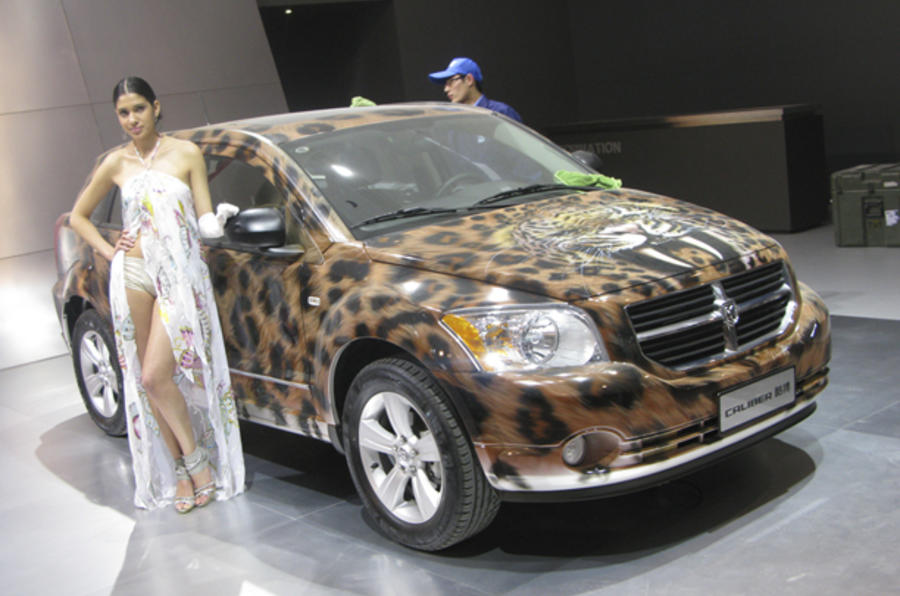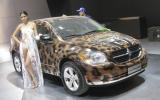Welcome to China’s biggest car show, already as vast and confusing as Europe’s biennial Frankfurt affair. It’s so crowded with new product – 89 new models, 75 of them for the Chinese domestic market – that this year they’ve had to devolve components suppliers (1000 of them) into a giant pavilion of their own half an hour down the road.
However, the Frankfurt comparisons stall as soon as you start examining the stands themselves. There’s far less of the inter-company competition based on size – no Mercedes Pavilion or BMW Hall. Instead, exhibitors all enter a noise competition, attracting business by having the loudest PA. It’s also a handy and effective way of spoiling your neighbour’s unveiling…
Market trends are much more important in China’s car market than others, simply because things change at such amazing speed. In the West, if someone posts a five per cent rise, we’re impressed. Expansion here – it’s always expansion – is measured in multiples of 10.
China became the world’s largest automobile market last year at 13.6 million units (against 10 million sold in a depressed US) and the experts are saying it’ll be anything up to 25 per cent bigger by the end of this year.
That’ll be close to 17 million car sales, not far short of the US in boomtime – yet this is a country where still only 30 people in 1000 own cars (US: 600-odd) and where 75,000 new engineers are expected to graduate next year alone.
In such an environment, with average incomes rising fast, it’s no wonder premium car manufacturers are struggling to meet demand. Launching locally made long-wheelbase versions of their regular cars seems to be the European preoccupation in China at present.
BMW sold over 90,000 cars to Chinese owners last year, 40,000 of them built in a local factory which is about to be expanded to a capacity of 100,000 units. Yet while in Beijing, BMW chief Norbert Reithofer told journalists that this was not going to be enough. A local capacity of 300,000 units in the next few years was “a realistic scenario”.
Not that premium car sales are the main event here yet. It was fascinating to note the way modest, locally made models drew bigger crowds here than Ferrari’s new 599 GTO.
Shanghai GM built a million mostly family models last year, and now says it expects to achieve two million four years ahead of schedule. Local journalists explain that China’s car market is caught between two phases: providing buyers with decent mobility now, whatever the styling, and preparing rapidly for an electric future. Chinese industry bigwigs hope their market can skip a generation (or two or three) of 'traditional' development and emerge as a world leader in electric cars.
It may be a vain hope, however. Outsiders note a Chinese love affair with the traditional automobile, redolent of 1960s America, arriving at irresistible speed. One fascinating sign of it is the opening of a drive-in cinema in downtown Beijing, complete with miniskirted waitresses, serving the occupants of 600 cars on weekend evenings.

























Join the debate
Add your comment
Re: Live at the Beijing motor show
that baby buick they say is based on an astra looks very similar to the saab 95. door handles are a dead give away. Infact the whole profile of the car is screaming saab 95!
Re: Live at the Beijing motor show
The small MG looks good,and Dellboy is alive and well in China!,oh! by the way FORD!that how to do a body wrap (BMW M3).
Re: Live at the Beijing motor show
I think the Citroen Revolt is just that. REVOLTING. Like the Swift R tho.